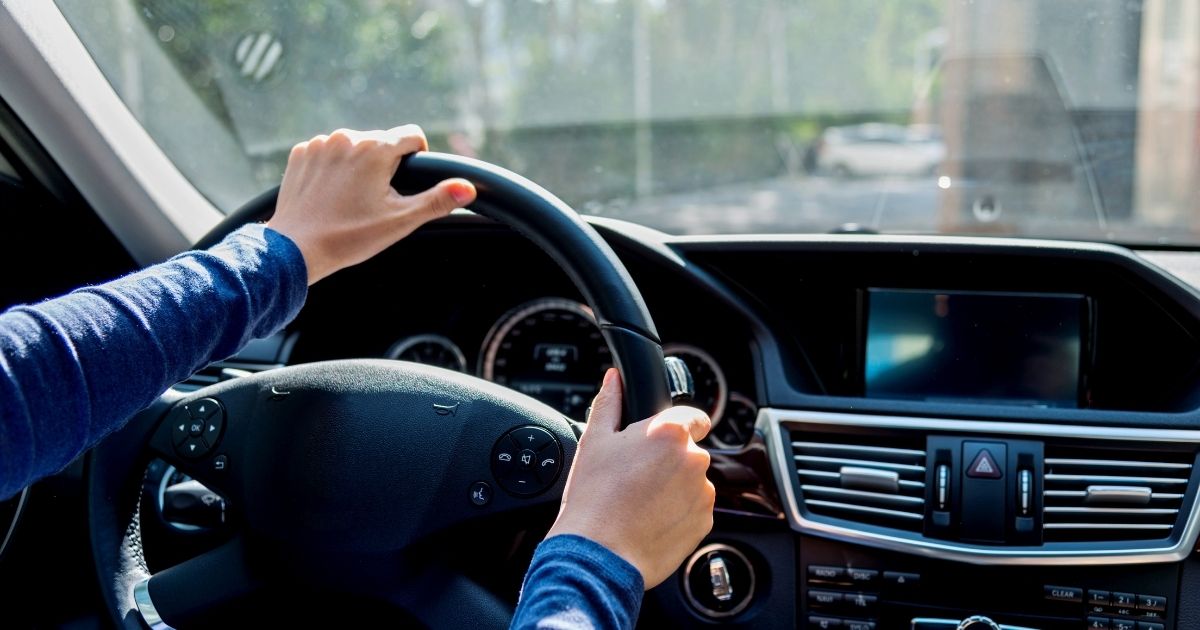According to the New Jersey Department of Transportation (NJDOT), an average of 107 car accidents can be attributed to wrong-way collisions annually. Although this only represents a small percentage of the total number of crashes, they tend to be more severe because of their head-on nature. While no accidents are completely avoidable, knowing what to do with an approaching wrong-way vehicle could mean the difference between getting home safely and taking a trip in an ambulance.
What Are the Most Common Reasons for Wrong-Way Accidents?
A closer look at the numbers reveals there are a total of 1,146 injuries and 64 fatalities every year because of wrong-way drivers. How do so many drivers get turned around on roadways? It is easier than you might think.
Here are some of the most common reasons a driver may go the wrong way down a road intended for opposite-direction traffic:
- Impaired driving: Whether under the influence of drugs or alcohol, missing signs or road indicators that point drivers in the right direction are easy to miss when your senses are dulled. Even worse, slower reaction times can lead a driver to realize their error a bit too late.
- Distracted driving: It only takes a moment to make a wrong turn, and that can prove to be deadly when you make a wrong-way turn. Texting, eating, adjusting instruments, and chatting with passengers are just some of the many forms of distracted driving that can lead to disaster.
- Drowsy driving: While anyone can get behind the wheel without the proper amount of sleep, it is not recommended, as it has the same impact as a driver under the influence. Without sharp senses, you just might miss the signs that point you in the right direction.
- Malfunctioning or faulty vehicle equipment: Trying to follow GPS directions from a faulty device can lead you down a one-way street or highway, surprising not only oncoming cars but you as the driver.
- Inclement weather: Low visibility can be a culprit for missing a turn or exit. This can include snow, fog, rain, sleet, and other adverse conditions.
- Young and old drivers: Inexperienced drivers as well as seniors may have trouble and become confused while driving, leading to making wrong decisions about where to turn or which lane to follow.
- Unfamiliar with the area: Not knowing certain traffic patterns, crossings, and turning lanes may lead an individual down the wrong side of the road.
- Lacking signage: Hidden or obscure signs can lead drivers to make poor decisions while traveling on high-speed roads.
- Aggressive drivers: Individuals cutting off others or driving recklessly may force a driver into the wrong lane or on-ramp.
What Should I Do if a Wrong-Way Driver Approaches?
No matter whether you are travelling at a high rate of speed or have just entered the roadway, move over as far to the right side of the road as possible. If you can, slow down or even stop on the shoulder. If a collision is imminent or unavoidable, turn as far right as possible to prevent a direct, head-on hit.
What Types of Compensation Are Available?
With injuries ranging from head, neck, and spinal cord injuries to broken bones and internal bleeding, there are a number of ways to collect restitution after a wrong-way accident, including for medical bills, lost wages, pain and suffering, diminished quality of life, and even wrongful death.
Minimize the Damage From Wrong-Way Drivers With Assistance From the Hazlet Car Accident Lawyers at Mikita & Roccanova, LLC
If you are the victim of a wrong-way driver colliding with your vehicle, talk with the Hazlet car accident lawyers at Mikita & Roccanova, LLC about your situation. Call 732-705-3363 or submit our online form to schedule a free consultation. With office locations in Hazlet and Highland Park, New Jersey, we proudly serve clients in Ocean County, Sussex County, Neptune, Middlesex County, and Pennsylvania.


